How to Grow Carrots in Containers | Easy Way to Grow Carrots at Home
The benefits of growing carrots in the container are innumerate. Go through this article to learn how to grow carrots in the containers!
Growing carrots in the container is a boon for those who have a scarcity of space at home or apartments. Carrots don’t take up much space in the garden, and in containers, it’s even less. Carrots are a nutritious and delicious addition to the diet, and if you grow carrots at home, you’ll be able to have them fresh and of optimum quality. There is added advantage of moving the containers around as and when needed. So want to know how to grow carrots in containers? Continue reading.
Botanical Name: Daucus carota
USDA Zone: 4 – 11
How to Grow Carrots in Containers

Carrots are well adapted to climate change and not difficult to grow. Most of the common varieties are orange in color, but you can also grow red, white, yellow, and purple colored varieties. They are rich in beta carotene, fiber, vitamin K1, potassium, and antioxidants and have many health benefits. You can know more about the nutrients and health benefits here.
Preparation
Before propagating carrots, make sure you have all the needed materials and tools at hand. You’ll need gloves, a container, trowel, potting soil, and, most importantly, seeds. Do some research about the climatic conditions in your region as many other factors will depend on that. Also, some research on the cultivars as to which carrot is most suited for container growing. In fact, go out there and try different carrots to see which pleases your tastebuds. Preparation is essential and gives you time to think through and plan for the upcoming tasks. So if you want the answer to how to grow carrots in the containers its the first and foremost step.
Propagation
Springs and falls are ideal for sowing seeds, but you can grow them at any time of the year in colder regions. Sow the seeds 1-2 inches below the surface of the soil, or you can sprinkle the seeds and tap them gently. It’ll take around two weeks for the seeds to germinate.
TIP: Soaking the seeds 6-8 hours before planting will speed up the germination.
Thinning
Overcrowded carrots in a small space lead to the inadequate distribution of nutrition and thus affects growth and flavor. The ideal time for thinning is when carrots sprout. Make sure to maintain a space of 2-4 inches between subsequent seedlings, which may differ slightly according to the variety. Seed tape or pelleted seed are already spaced to meet the needs, so there is no need for thinning if you get them.
Choosing a Variety
When planting carrots in the container, it’s essential to choose a variety that’s suitable for container growing. What we mean by that is choose a carrot variety that’s small in size so that it adapts well to the container. We have enlisted some of the best carrots varieties that grow well in pots.
- Thumbelina
- Romeo
- Oxheart
- Little Finger
- Short ‘n’ Sweet
- Parisienne
- Parmex
- Danvers Half Long
- Chantenay Red Core
- Shin Kuroda.
Selecting the Container
The first and foremost thing is to check whether the container has drainage holes at the bottom. It ensures that the excess water drains freely from the bottom and thus prevents root rot. Carrots grow underground and require a lot of space, especially when it comes to depth. The container that’s around 12 inches deep and wide is sufficient for planting most of the carrot varieties. If you are planning to have more than one carrot in a pot, choose a wide container. Don’t fret unnecessarily about the material of the pot as clay, plastic, ceramic, or even wooden barrels can sustain carrots.
NOTE Kudos to you if you are reusing the container, but make sure to clean it properly to eliminate bacteria or any other lurking threats.
Basic Requirements for Growing Carrots in Pots
Location
Most carrots love to bask in the sun, so make sure you place the pots where it receives direct sunlight. The lightning needs might vary slightly depending on the variety, so take note of that. You can set the pot in a well-lit spot of your yard, balcony, or at a south-facing window. In extremely hot conditions, move the pot to a shaded location during afternoon hours.
Soil
The soil should be well-draining and loose for that you can add peat moss to the soil to about 30-50 percent. In case of absence of the peat moss, add coarse sand (around 30 percent) to the soil will also work just fine. Carrots prefer loamy or sandy soil as opposed to clayey or silty soil. Don’t want to go through the trouble of making potting soil? Buy one intended for container vegetables.
Watering

Watering carrots regularly is crucial as the soil must remain moist at all times. Make sure to check if the soil is moist by sticking a finger in the soil before watering so that you don’t overwater. Having carrots in dry soil for an extended period slows down the growth of the carrots and ultimately affects the harvest.
Temperature
Temperature ranging from 62 degrees F to 72 degrees F is considered ideal for growing carrots. You can check the temperature by getting a soil thermometer from any gardening store. During sowing seeds, the temperature in the range of 50 to 72 degrees F is suitable. Relocate the pot as needed if the temperature rises above or falls below the ideal range.
Further Care for Carrots in Container
Well, now that the basic needs are fulfilled, carrots will need some extra care to thrive. Here is all you need to take for a healthy and bountiful harvest.
Fertilizing
In the growing season, fertilize weekly with fertilizer having NPK ratio 5:10:10 for optimum growth. Make sure the fertilizer has less nitrogen content as nitrogen promotes leaf growth rather than carrot growth. Add a slow-release fertilizer to the soil at the time of planting too if you haven’t amended the soil with compost, manure, and fish emulsion. Compost tea is an excellent alternate to fertilizer if you are into organic gardening.
Pests and Diseases
Common garden pests such as aphids, slugs, snails, scales, and mites can be controlled simply by handpicking. Spraying neem oil solutions over the plant is another organic way to get rid of pests. Fungal infections such as powdery mildew can also affect the growth of the carrots. Keep such fungal diseases in check by the application of antifungal sprays.
Harvesting
Now that you have given everything to growing carrots, the time has come to reap the benefits. Harvest will be ready in 75-90 days, depending on the cultivar. Harvest them a bit early if you wish to devour baby carrots. You can know the exact carrot harvest date by checking out the seed packet. Do not uproot all the carrots at once; instead, check a couple of carrots first then harvest them all.
We hope this article was helpful and you learned how to grow carrots in containers. Let us know more about your opinions and suggestions in the comments section.

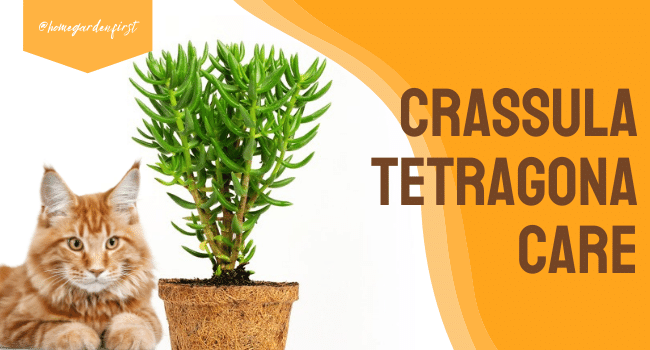
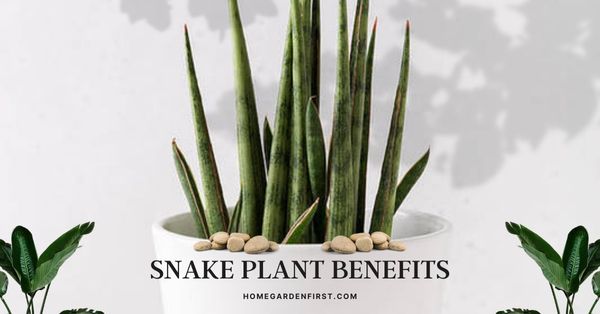
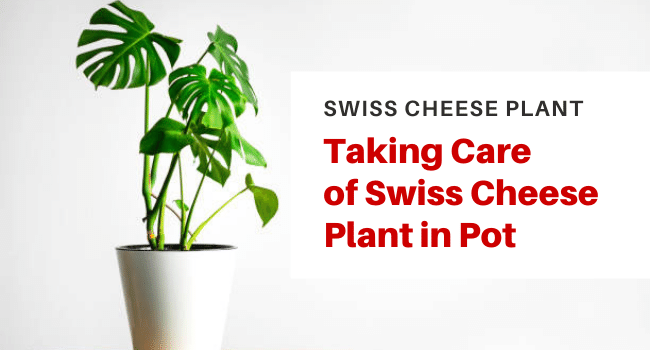
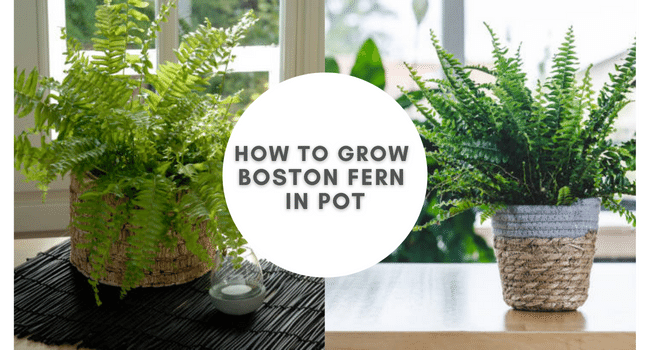
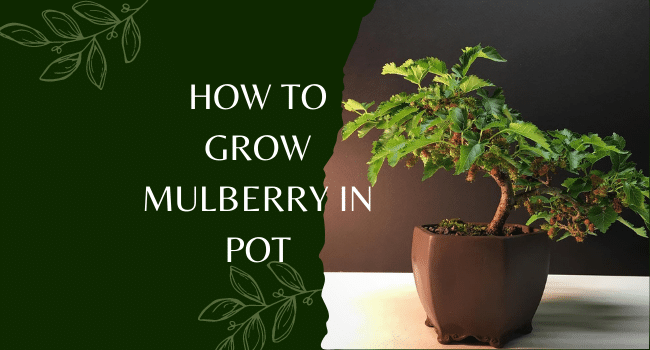
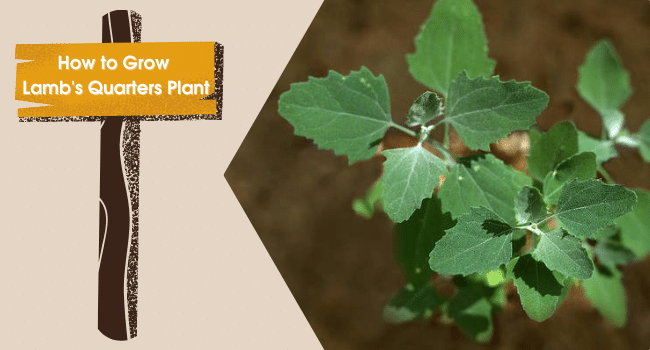
2 Comments